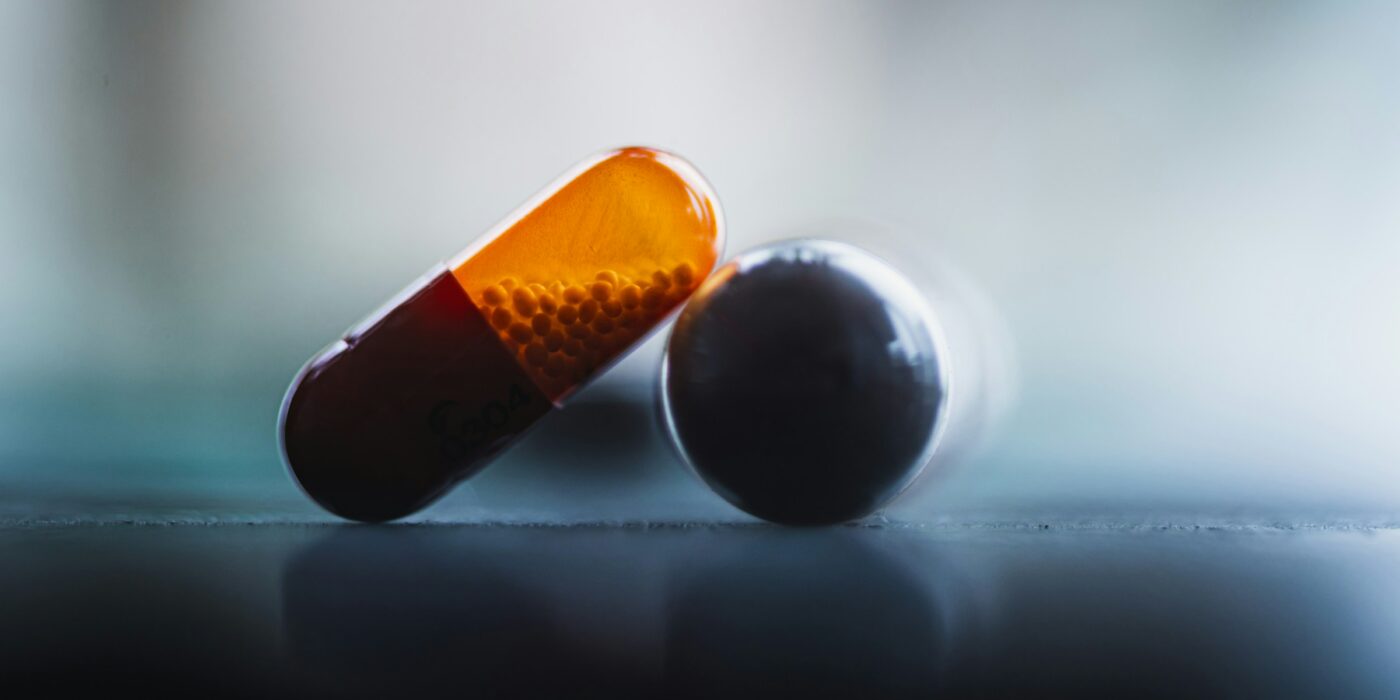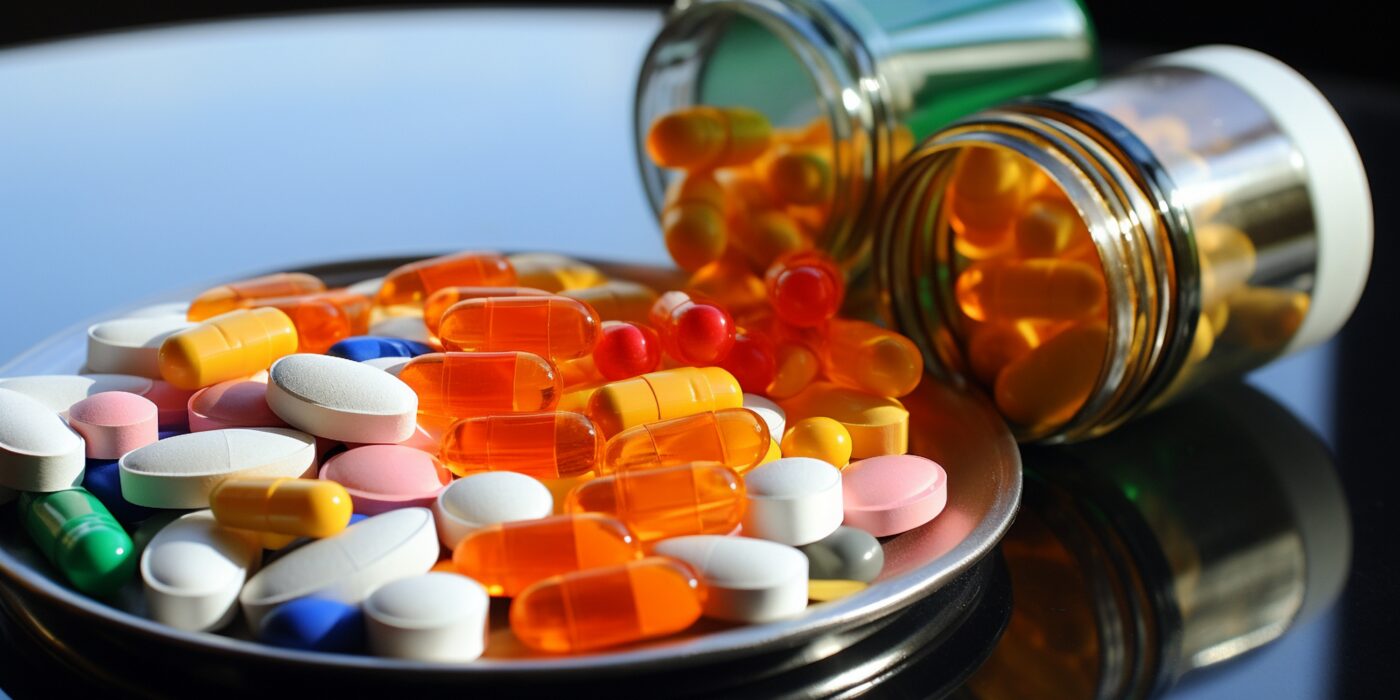The landscape of Attention-Deficit/Hyperactivity Disorder (ADHD) treatment is undergoing a remarkable transformation. Driven by the need to reduce side effects and improve delivery methods, pharmaceutical innovation is delivering a new generation of therapies that offer greater personalization, efficacy, and convenience for patients. In 2025, these advancements are moving from clinical trials to pharmacy shelves, providing new hope for the millions of children and adults for whom traditional treatments may have fallen short. This article explores the most promising new ADHD medications in 2025 and what they mean for the future of managing this complex condition.
The Driving Forces Behind ADHD Drug Development
The quest for better ADHD treatments is fueled by well-documented limitations of existing options. While stimulants are effective for roughly 70-80% of patients, side effects like appetite suppression, sleep disturbances, and mood changes lead approximately 30% of patients to discontinue medication within the first year . Furthermore, the short duration of many medications necessitates multiple daily doses, disrupting routines and leading to inconsistent symptom control. The rising demand for treatments fueled by increasing diagnoses and advancements in pharmaceutical technology have converged to create a wave of innovation focused on longer-lasting effects, fewer side effects, and better management of comorbid conditions like anxiety.
Novel Stimulant Formulations: Smarter Delivery, Better Control
The latest stimulant medications aren’t new molecules; they are ingenious new delivery systems for proven active ingredients like methylphenidate and amphetamine. These innovations aim to provide more consistent symptom control and align more seamlessly with a patient’s daily life.
-
Vyvanse: This medication represents a significant pharmacological advancement. It is the first and only product to combine immediate-release dexmethylphenidate with a prodrug called serdexmethylphenidate. The result is a biphasic release profile: the immediate-release component provides symptom relief within 30 minutes, while the prodrug is slowly converted in the intestine to provide up to 13 hours of smooth, sustained effect. This design minimizes the “peaks and valleys” associated with some traditional formulations and reduces the risk of evening rebound symptoms. Its unique design also offers an inherent abuse-deterrent property, limiting peak plasma concentrations and reducing potential for misuse.
-
Adderall XR: Marking a revolutionary step in delivery. Containing dextroamphetamine, the same active metabolite as Vyvanse, it offers unparalleled flexibility. Patients apply the clear, discreet patch two hours before symptom control is needed and remove it within nine hours, allowing them to precisely tailor coverage to their daily schedule whether for a full workday or a shorter period of activities. This bypasses the gastrointestinal system and avoids the first-pass metabolism of the liver, which can lead to a different side effect profile for some patients.
Advancements in Non-Stimulant Medications
For patients who cannot tolerate stimulants or have contraindications, non-stimulant options are also expanding. These drugs target different neurotransmitter systems and often help with emotional regulation and comorbid anxiety.
-
Qelbree (Viloxazine ER): Recently approved for both children and adults, Qelbree is a selective norepinephrine reuptake inhibitor (SNRI). It provides 24-hour symptom control and has shown particular promise in managing emotional dysregulation, a challenge for an estimated 50-70% of adults with ADHD. Its non-controlled status offers a valuable alternative for those with a history of substance misuse .
-
Centanafadine: A particularly exciting drug in late-stage trials is Centanafadine, a novel norepinephrine, dopamine, and serotonin reuptake inhibitor (NDSRI). Phase III trials have demonstrated its effectiveness in adults, adolescents, and children. It shows low abuse potential and a mild side effect profile, mainly decreased appetite and headache. These features position it as a potential best-in-class non-stimulant option once the FDA approves it.
The Rise of Digital Therapeutics
Medication is no longer the only tool in the toolbox. Digital therapeutics use FDA-cleared software applications to treat medical conditions. Endeavor Rx exemplifies this innovation it is a prescription video game that improves attention function in children with ADHD. Doctors prescribe it as an adjunctive treatment, marking a groundbreaking shift toward engaging, non-pharmacological interventions that families can access at home.
Navigating the New Landscape: How to Discuss Options with Your Doctor
With an expanding array of choices, having an informed conversation with your healthcare provider is more important than ever. The FDA approval process is rigorous, ensuring that any new treatment that reaches the market has demonstrated both safety and efficacy. When discussing these new options, consider your specific challenges:
-
Do you struggle with mornings? → Inquire about Adderall XR.
-
Do you need flexible, day-to-day control? → Ask if the Vyvanse transdermal patch is appropriate.
-
Do you experience significant emotional swings or anxiety? → Discuss non-stimulants like Qelbree or the upcoming Centanafadine.
-
Are you concerned about abuse potential? → Explore prodrug formulations like Vyvanse or non-stimulants.
Bringing notes on your daily routine, symptom timing, and any side effects from current medications will help your doctor tailor a treatment plan that best fits your life .
Conclusion: A Future of Personalized ADHD Management
The innovations of 2025 signal a move away from a one-size-fits-all approach to a future of personalized ADHD medicine. Patients and providers now have more tools to create effective and individualized treatment strategies. Options include novel stimulant formulations, innovative non-stimulants, and cutting-edge digital therapeutics. Staying informed about these advancements empowers you to participate actively in your healthcare journey. This knowledge opens the door to better symptom control and improved quality of life.
Disclaimer: This article is for informational purposes only and does not constitute medical advice. Always consult with a qualified healthcare professional before starting, changing, or stopping any medical treatment.



